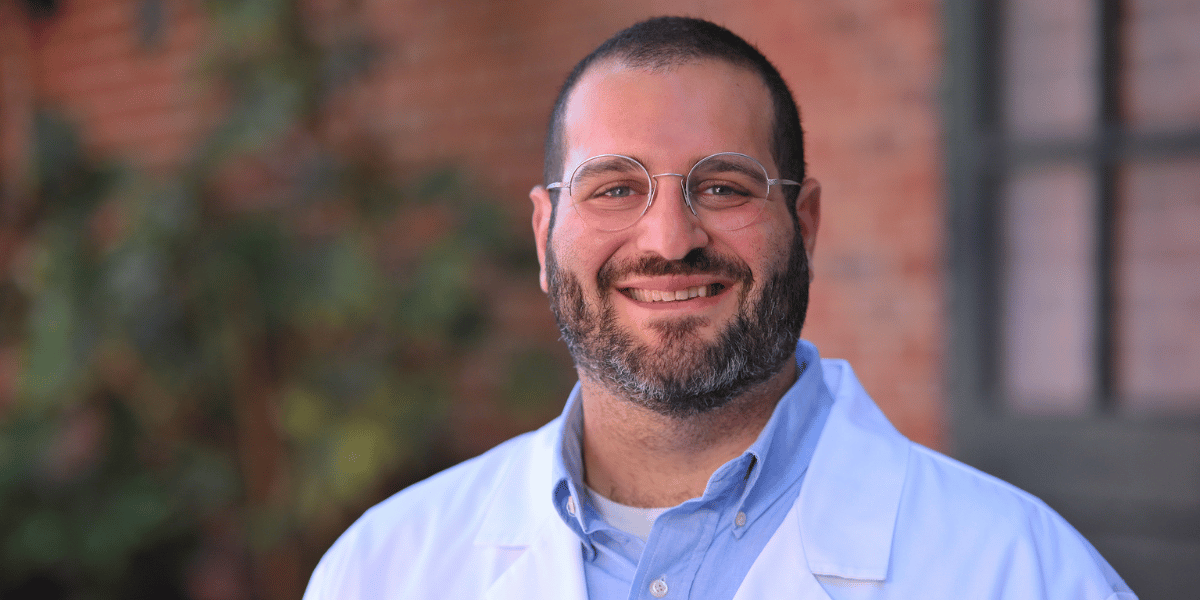
Spartanburg Regional experts say sepsis awareness is critical to reduce cases, deaths
Most people are familiar with the signs, symptoms and statistics of heart attacks and strokes, but one lesser-known medical condition accounts for more cases than those two conditions combined.
Spartanburg Regional Healthcare System providers and experts are recognizing Sepsis Awareness Month by educating patients about sepsis – potentially saving lives.
Sepsis is a response to an infection that occurs when bacteria enter the bloodstream and cause severe illness, organ failure, tissue damage and even death. Nationwide, about one out of every five deaths worldwide is caused by sepsis.
Sepsis kills roughly 350,000 adults each year in the U.S. Most sepsis cases are caused by bacterial infections, though some stem from viral infections.
Spotting symptoms early on and receiving immediate medical attention is key to surviving sepsis, said Dr. Stuart Reynolds, critical care specialist and director of critical care services.
Reynolds sees sepsis patients regularly, more often than most people realize, he said.
Sepsis is a lesser-known illness as opposed to conditions such as a heart attack or stroke, Dr. Reynolds said, primarily because the symptoms are not as obvious.
“It's just not clear cut. It's not as if, ‘Well I have chest pain and therefore I’m having a heart attack.’ It’s more complicated,” Dr. Reynolds said. “Some things to look for include a change in consciousness, very confused, a change in body temperature, low blood pressure, increased heart rate, and increased respiratory rate.”
The volume of stroke and heart attack patients vs. sepsis patients coming into U.S. hospitals every year is striking, he said.
There are about 800,000 stroke and heart attack cases per year each, compared to more than 1.7 million cases of sepsis cases per year, Dr. Reynolds said.
“With the people coming into the hospital. When you look at the people who die in hospitals, more than 50% of them are dying and their deaths are attributed to sepsis,” Dr. Reynolds said. “It is extremely lethal.”
Providers and first-responders are trained to spot the signs and symptoms of sepsis early, said Shonna Bible, the coordinator over the sepsis governance council at Spartanburg Regional Healthcare System.
“Sepsis kills probably more rapidly and often than other diseases,” she said. “And it’s difficult to identify. It’s just not that clear cut.”
One person is diagnosed with sepsis every six minutes in the U.S., Bible said.
The most common causes of sepsis, Bible said, are pneumonia, urinary tract infections, wounds or something happening in someone’s abdomen such as appendicitis.
Health professionals know when to start a bundle of treatments at the onset of sepsis symptoms. This care plan includes drawing blood work, taking vital signs, administering IV fluids and giving a patient antibiotics.
Time is critical when a patient becomes septic.
“Within the first three hours, there are specific things you must have done. Every hour an antibiotic is delayed, the risk of mortality increases between 7% and 8%,” Bible said. “Acting fast is extremely important.”
Spartanburg Regional associates follow the acronym “T-I-M-E" to know what to watch for when treating a septic patient:
Temperature: Check for higher or lower than normal body temperature.
Infection: Patients may show signs or symptoms of an infection.
Mental decline: A patient may be confused, sleepy or difficult to arouse.
Extremely ill: Be aware of severe pain, discomfort or shortness of breath in patients.
Sept. 13 is considered World Sepsis Day, an initiative that began in 2012 through the Global Sepsis Alliance.
To learn more, visit the Sepsis Alliance at Sepsis.org.












